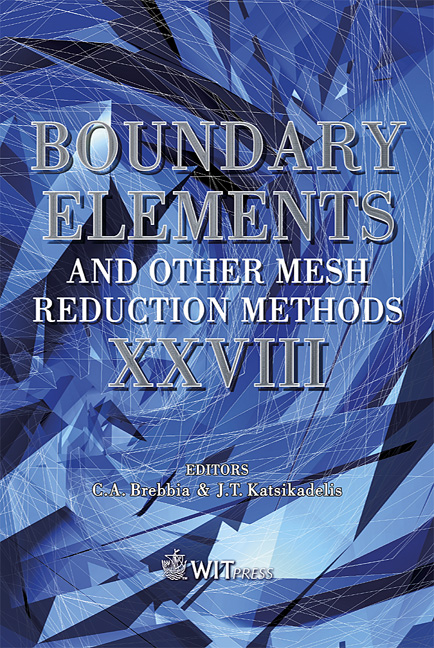The Heat Release Rate Of The Fire Predicted By Sequential Inverse Method
Price
Free (open access)
Transaction
Volume
42
Pages
10
Published
2006
Size
633 kb
Paper DOI
10.2495/BEM060161
Copyright
WIT Press
Author(s)
W. S. Lee & S. K. Lee
Abstract
The sequential inverse method of locating and sizing accidental fire in a compartment is developed in this paper. The prediction procedure in this study includes two parts: the first is to simulate fire plume and ceiling jet flow by using the FDS model, then the result of temperature field at specified measurement sensors are utilized to predict the heat release rate and location of fire by the proposed method. A few examples are used to demonstrate the efficiency of the proposed method. The predictions show that the proposed method is capable of estimating the transient heat release rate of fire. The accuracy of the heat release rate of the fire is sensitive to random error and systematic error. Furthermore, the proposed method is noniterative and cost effective. Keywords: sequential inverse method, Large Eddy Simulation, fire detection system. 1 Introduction In the semiconductor manufacturing cleanroom, the processing facilities such as wet bench, diffusion furnace may exist significant fire risks. When accidental fire occurs in these areas the time before the fire is detected plays a crucial role in extinguishing fire. As a result, it is necessary to automatically monitor the working places and quickly determine the location of the fire in order to decrease the threat to life and property. The inverse heat conduction problem (IHCP) was used to estimate the surface heat flux, internal heat source and thermal properties from one or more measured temperature sensors inside a heat-conducting body
Keywords
sequential inverse method, Large Eddy Simulation, fire detection system.





